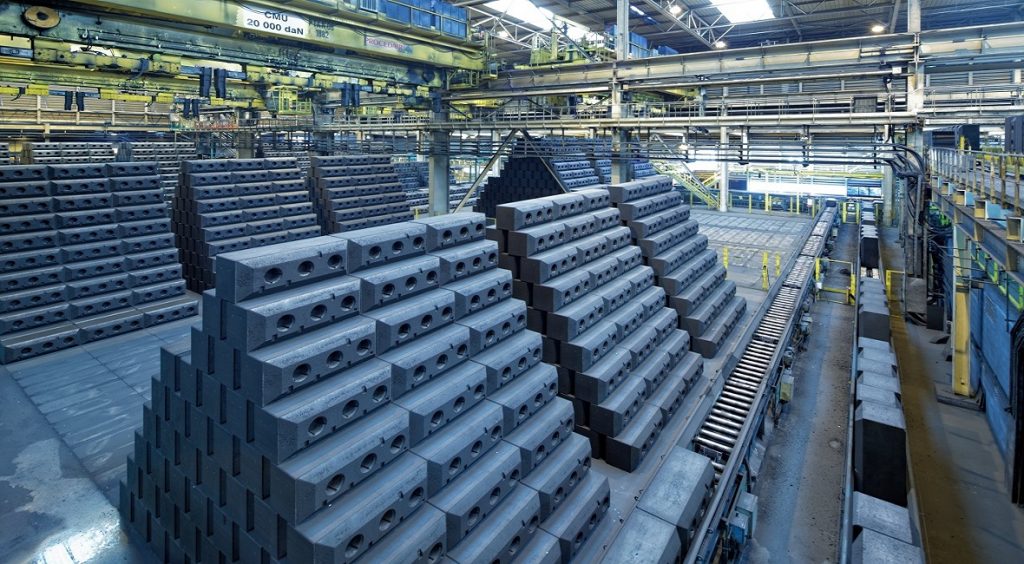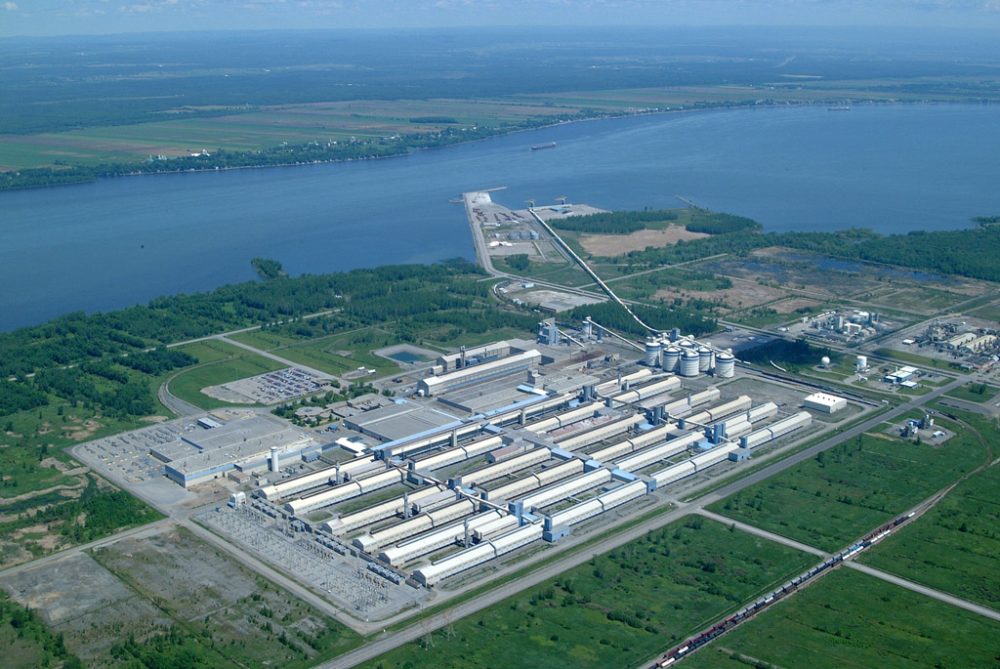Column: Can Europe save its industrial metals production sector?

A massive and rapid deployment of renewable energy is central to Europe’s drive to end its dependency on Russian fossil fuels. Solar energy will be “the kingpin of this effort”, according to the European Commission.
The only problem is that the global solar supply chain is currently dominated by China, a dependency that will only grow if Europe continues losing industrial metals production capacity at current rates.
High power prices have already forced the closure of aluminum and zinc smelters and pose an “existential threat” to the entire European metals supply chain, warned industry group Eurometaux earlier this month.
The message seems to be getting through, European Commission President Ursula von der Leyen promising a critical raw materials act to increase the bloc’s metallic self-sufficiency.
But does it go far enough and is it already too late for parts of the region’s industrial base?

The metals paradox
European aluminum smelters have been among the first to close because they are power-intensive plants, using electrolysis to convert alumina to metal.
But aluminum is one of the metals critical for decarbonization. One of its uses is in solar panels, one megawatt of photovoltaic capacity requires an average of 21 tonnes of the metal, according to the European Aluminium Association.
Europe is now caught in the heart of this paradox, needing more aluminum to achieve its solar capacity ambitions but lacking the available energy to produce enough aluminum.
Western European annualized aluminum production has fallen below three million tonnes for the first time this century and it will fall further. The Dunkerque smelter in France, one of Europe’s largest, is the latest to announce a partial curtailment.
The regional supply hit has sent physical premiums soaring, European buyers currently paying around $440 per tonne over the London Metal Exchange cash price to get metal.
Imports have inevitably increased, including unwrought metal from China, or at least China’s bonded warehouse zones. The country exported around 60,000 tonnes to the Netherlands in the first half of this year, an unprecedented shift in normal trade patterns.
The aluminum paradox has spilled over into the European zinc sector, where two large smelters have been idled and others are adjusting run rates as they attempt to navigate peak power periods.
In truth, all industrial metals production uses significant amounts of energy, more at the primary metal stage than the product manufacturing stage of the chain. But everyone in the chain from smelter to fabricator is to some extent hurt by the step-change in European power pricing.
Critical metals
Europe’s policy-makers have woken up to the region’s critical minerals weaknesses.
“We cannot sleep-walk into another overdependence in a strategic area”, European Commission vice-president Maroš Šefčovič told a raw materials security conference in Prague earlier this month.
The critical raw materials act is intended to accelerate the build-out of domestic metals capacity from mine to processing plant to recycler.
The key question, though, is which metals are deemed “critical”?
Much of the European Commission’s focus up until now has been on electric vehicle battery inputs.
The European Battery Alliance, launched in 2017, has generated 110 major battery projects across Europe, according to Šefčovič. The Critical Raw Materials Alliance, launched in 2020, is an extension of policy into securing metal supplies for the new gigafactories.
The European Union’s critical minerals list is accordingly heavy on battery inputs such as lithium, cobalt, and graphite and on the esoteric members of the rare earth family used in electric motors.
Bauxite, from which aluminum is made, was added to the list in 2020 but the inclusion doesn’t seem to have focused policymaker minds on the fate of the aluminum smelters that are needed to produce the metal.
The European Aluminium Association has been lobbying intensively against the proposed carbon border adjustment mechanism, arguing that in its current form it will drive European capacity out of existence and increase the bloc’s import dependency.
This suggests a lack of joined-up thinking within the Commission. If the bauxite value chain is genuinely a critical resource for Europe, that should include both smelters and fabricators, who have their own beef against the EU’s import tariffs.
Going, going…
Copper, nickel, and zinc don’t make it onto the European list, although the United States considers all three metals to be critical.
The European Commission’s focus on future-looking metals seems to have blind-sided it to the older metals that are also required to decarbonize.
Silicon is on the EU minerals list but photovoltaic cells won’t work without the aluminum paneling or the copper to connect the power to the grid.
The European Union needs to follow the United States and take a broader view of which metals it needs to meet its green ambitions, particularly after Russia’s invasion of Ukraine.
Russia has historically been a major supplier of aluminum, copper, and nickel to Europe but is now a high-risk source after what it terms its “special military operation”.
The new supply instability is all the more reason for the European Union to strengthen its domestic capacity.
That should start with protecting what it already has rather than focusing exclusively on building out entirely new supply chains in the battery metals arena.
The 40 chief executives who signed their agreement with Eurometaux’ stark warning are calling for a range of emergency measures to protect against further closures.
An overhaul of Europe’s power sector, also announced by von der Leyen today, should help, but further emergency action is needed to avoid more metals closures over the coming winter months.
Because aluminum has another lesson for European policy-makers. Temporary smelter curtailments in the past have as often as not become permanent closures as the costs of reopening rise over time.
(The opinions expressed here are those of the author, Andy Home, a columnist for Reuters.)
(Editing by Elaine Hardcastle)
{{ commodity.name }}
{{ post.title }}
{{ post.date }}

Comments